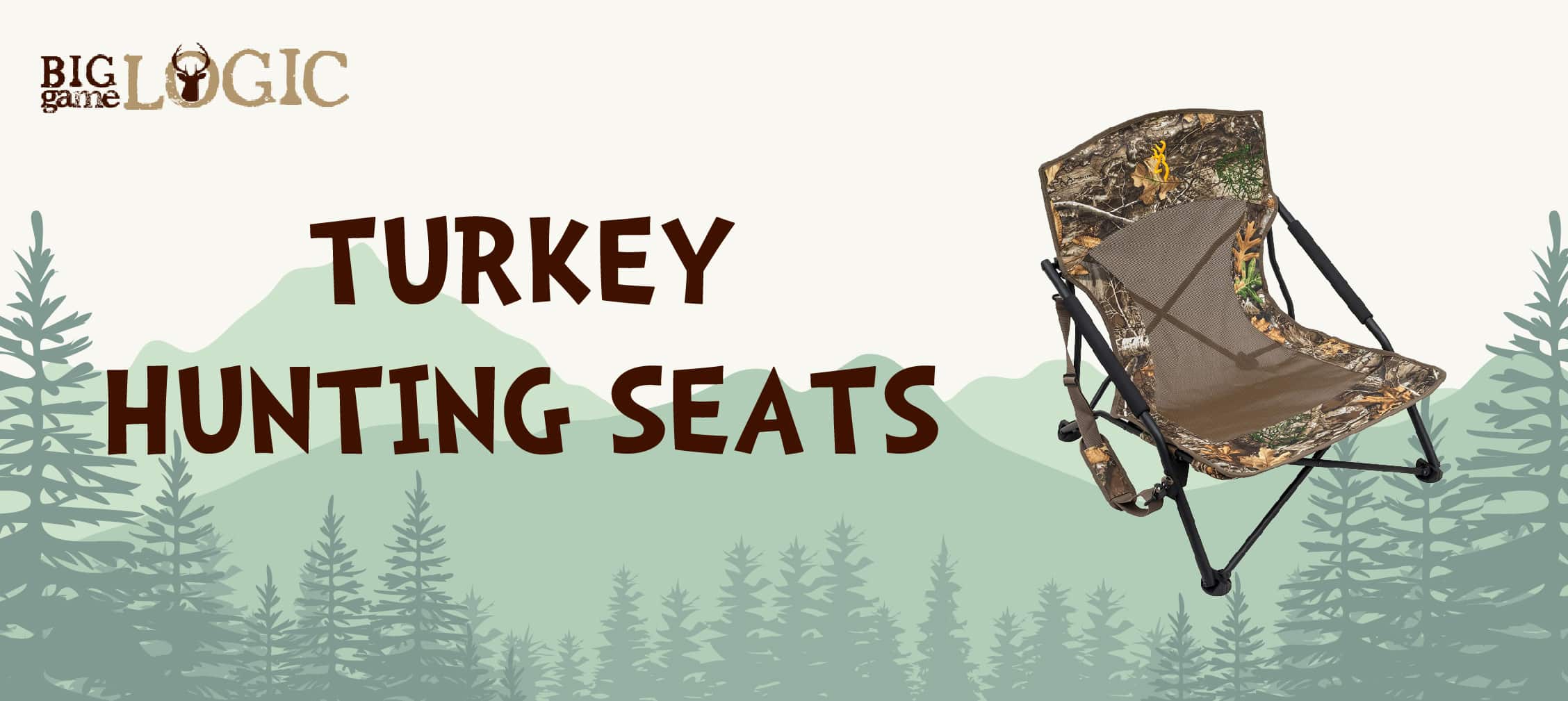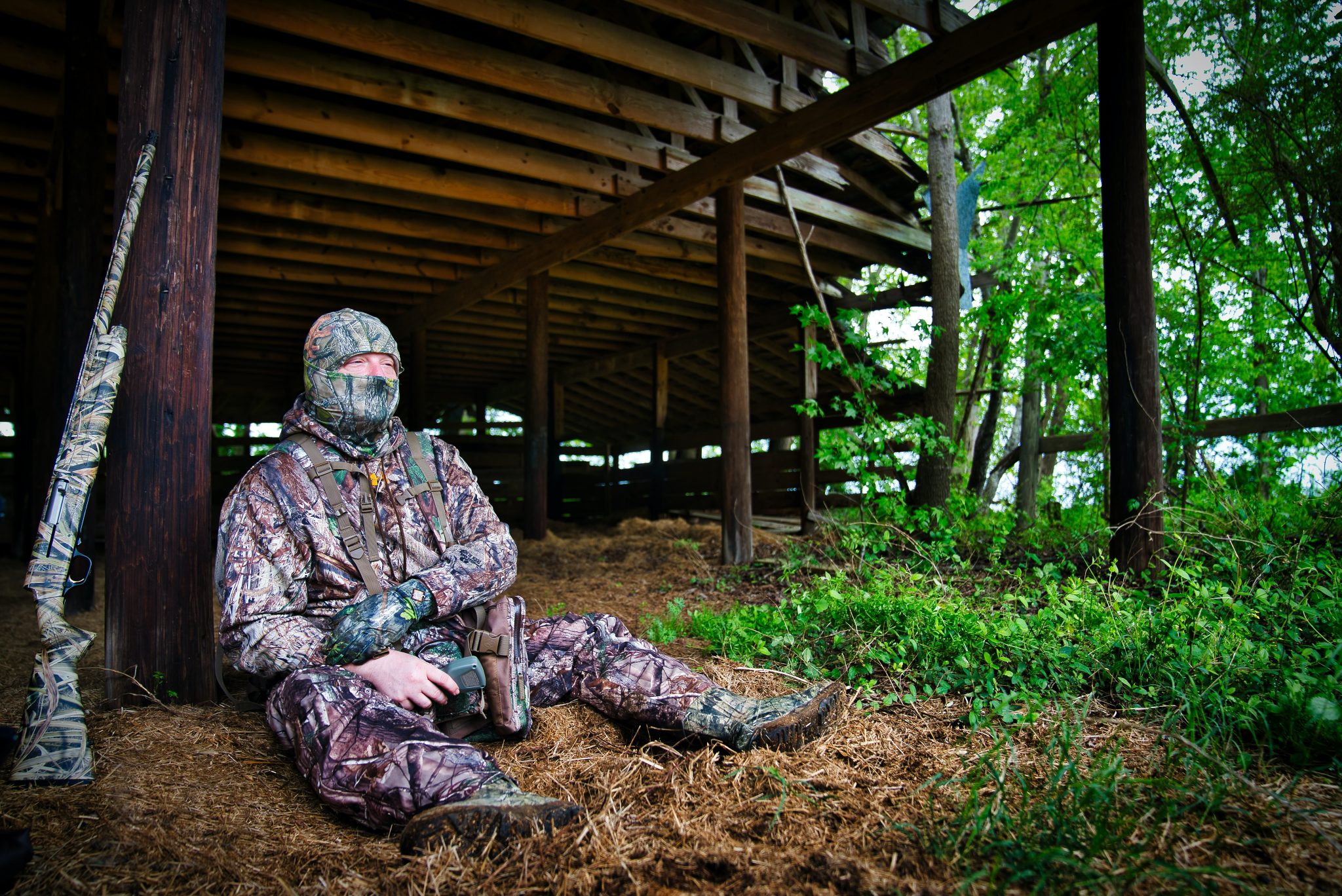Chair Comfort and Features for Turkey Hunting: Best Chair For Turkey Hunting

Patience is the name of the game in turkey hunting. You might spend hours motionless, waiting for that perfect shot. This makes the comfort and features of your hunting chair absolutely critical. The right chair can mean the difference between a successful, enjoyable hunt and a miserable, aching experience. Choosing wisely will significantly impact your ability to stay alert and comfortable throughout the long wait.
Ideal Seating Position for Turkey Hunting
The ideal seating position for a turkey hunter balances visibility, concealment, and comfort. You need a chair that allows you to sit upright with good posture, minimizing fatigue. This position should provide a clear, unobstructed view of your surroundings, particularly the area where you expect the turkey to appear. Ideally, the chair should allow for subtle adjustments to your posture without making noise or compromising your camouflage. It should also allow you to easily shift your weight to maintain alertness and prevent stiffness. Think of it as a comfortable, yet strategically positioned observation post.
Comparison of Chair Types for Turkey Hunting
The choice of chair significantly impacts your hunting experience. Several types cater to different needs and preferences.
| Chair Type | Pros | Cons | Best Use Case |
|---|---|---|---|
| Folding Chair | Lightweight, portable, relatively inexpensive. | Limited adjustability, often lacks back support, can be uncomfortable for extended periods, may not be stable on uneven terrain. | Short hunts, areas with relatively flat terrain, hunters prioritizing portability over comfort. |
| Tripod Stand | Excellent visibility, good stability on uneven terrain, allows for standing easily. | Heavier than folding chairs, more expensive, can be cumbersome to transport, may require some assembly. | Long hunts, areas with uneven terrain, hunters prioritizing visibility and stability. |
| Padded Seat with Backrest | Comfortable for long periods, good back support, can improve alertness by reducing fatigue. | Can be bulky and less portable than folding chairs, might not offer great visibility if the back is too high. | Long hunts in areas with relatively flat terrain, hunters prioritizing comfort and back support. |
Importance of Padding, Back Support, and Adjustability
Padding is crucial for comfort during long waits. A well-padded seat and backrest significantly reduce pressure points and prevent discomfort. Think of the difference between sitting on a hard wooden bench versus a plush, cushioned chair – the latter is far more conducive to staying alert and focused. Back support is equally important; it promotes good posture, preventing backaches and fatigue that can impair your hunting performance. Adjustability allows you to fine-tune your seating position for optimal comfort and visibility, adapting to changing terrain or light conditions. A chair with adjustable height and backrest angle allows for personalized comfort and improved performance.
Design Specifications for Optimal Stability and Portability
An ideal turkey hunting chair should be stable on uneven terrain. This might involve features like wide, sturdy legs, adjustable feet for uneven surfaces, and a low center of gravity to prevent tipping. Lightweight, durable materials such as aluminum or high-strength plastics are essential for portability. A compact folding design, easy-to-use locking mechanisms, and a comfortable carrying strap or handle will make transport much easier. Consider a chair with a weight capacity exceeding your own weight plus gear, ensuring safety and stability. The design should prioritize silent operation – no squeaks or rattles to scare away your quarry.
Chair Materials and Durability for Turkey Hunting Environments

Choosing the right hunting chair is crucial for a successful and comfortable turkey hunting experience. The chair’s materials directly impact its durability, weight, and overall performance in the often harsh conditions of the outdoors. Understanding the advantages and disadvantages of different materials will help you make an informed decision that prioritizes both comfort and longevity.
Lightweight Aluminum Chairs: Advantages and Disadvantages
Lightweight aluminum chairs offer a compelling combination of portability and strength. Their low weight makes them ideal for hunters who need to cover significant distances or navigate challenging terrain. The aluminum frame is generally resistant to rust, a significant advantage in damp environments. However, aluminum can bend or break under excessive weight or impact. Thin aluminum tubing is less durable than thicker gauge material. While lightweight aluminum chairs are suitable for many hunters, those carrying heavier gear or expecting to encounter rough terrain should carefully consider the weight capacity.
Durable Steel Chairs: Advantages and Disadvantages
Steel chairs offer superior strength and durability compared to aluminum. They can withstand heavier loads and are less susceptible to bending or breaking under stress. This robustness is particularly beneficial for hunters who require a sturdy platform for extended periods or need to support additional gear. However, steel chairs are significantly heavier than aluminum options, making them less portable. Steel is also prone to rust if not properly treated or maintained. A powder-coated finish offers considerable protection against rust.
Weather-Resistant Fabrics: Advantages and Disadvantages
The fabric used on a hunting chair plays a critical role in its comfort and longevity. Weather-resistant fabrics, such as ripstop nylon or polyester, are designed to withstand exposure to moisture, UV rays, and abrasion. These materials are typically easy to clean and maintain, a key consideration for hunters who may encounter muddy or wet conditions. However, even weather-resistant fabrics can degrade over time with prolonged exposure to the elements. Choosing fabrics with high UV resistance and a durable water-repellent coating will extend the lifespan of the chair.
Assessing Chair Durability and Longevity: A Step-by-Step Procedure, Best chair for turkey hunting
Assessing the durability of a hunting chair requires a methodical approach. The following steps will help you determine whether a chair meets your needs:
- Check the Weight Capacity: Verify the manufacturer’s stated weight capacity and ensure it exceeds your weight plus any additional gear you intend to carry.
- Inspect the Frame: Examine the frame for any signs of weakness, such as bends, cracks, or welds. Pay close attention to joints and stress points.
- Evaluate the Fabric: Assess the fabric’s thickness, texture, and stitching quality. Look for signs of wear and tear, such as fraying or loose threads.
- Test the Weather Resistance: If possible, test the chair’s resistance to water and UV rays. Look for water-resistant coatings or UV-resistant materials.
- Assess Ease of Cleaning: Determine how easily the chair can be cleaned. Consider whether the fabric is machine washable or requires spot cleaning.
Innovative Materials and Designs Enhancing Chair Performance
Several innovative materials and designs are enhancing the performance and lifespan of hunting chairs. For instance, some manufacturers utilize high-strength, lightweight alloys that offer superior strength-to-weight ratios compared to traditional aluminum. Others incorporate self-healing fabrics that are more resistant to tearing and abrasion. Ergonomic designs that provide better support and comfort are also becoming increasingly common. Some chairs now feature integrated cup holders, gear pockets, and other convenience features.
Comparative Analysis of Cost-Effectiveness
The cost-effectiveness of a hunting chair depends on its materials, expected lifespan, and overall features. The following table provides a general comparison:
| Chair Material | Estimated Cost | Lifespan (Years) | Overall Value |
|---|---|---|---|
| Lightweight Aluminum | $50 – $150 | 3-5 | Moderate |
| Durable Steel | $100 – $300 | 5-10 | High |
| High-Strength Alloy | $150 – $400 | 7-12 | Excellent |
